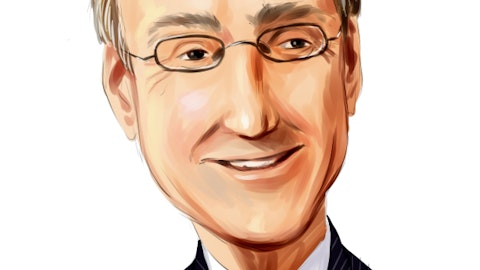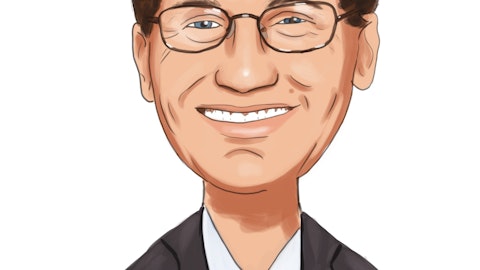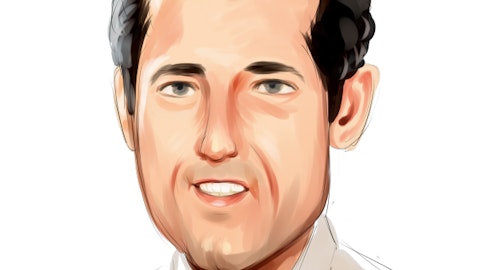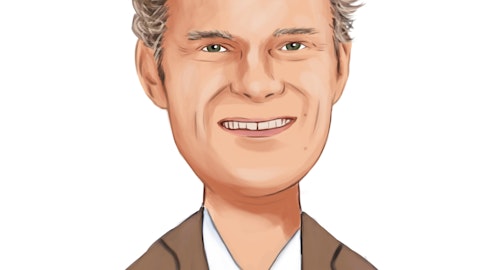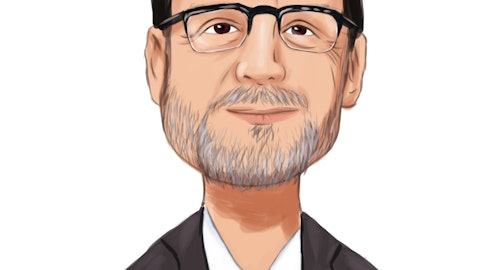Although the COVID-19 pandemic continues, after more than a year, PWC recently reported a new annual record for 2020 investments: “US-based, VC-backed companies raise nearly $130B this year, up 14% year-over-year (YoY) from 2019. Mega-rounds drive the funding gains, with 318 rounds worth $100M or more taking place in 2020, setting a record.” 2021 is well underway, and venture capital funding does not seem to be slowing down at all.
What drove this record year despite a global pandemic? Reuters quoted Arun Mathew, a partner at Accel, as saying, “Capital tends to follow categories that have a lot of legs. And I think right now you’re seeing a lot of conviction behind categories and companies that are riding undoubtable trends.” It might be useful, then, to consider some of the sectors that “had a lot of legs” due to the pandemic?

Copyright: niserin / 123RF Stock Photo
1. Manufacturing
Manufacturing saw an especially challenging year—exponential growth and exponential opportunities to examine breakdowns in the supply chain and understand the need for a variety of options. CNC machining has been instrumental in meeting the increased demand on manufacturers during the COVID-19 pandemic. And, alongside that, innovative approaches to providing CNC machining has thrived.
Fictiv, for example, recently raised $35 million dollars in funding. The company utilizes AI and machine learning in its cloud-based platform technology to streamline the complex workflows in the manufacturing industry
2. B2B Digital Technology
One of the seismic shifts during 2020 was in the use of digital technology. From Zoom meetings to payment processing to retail operations, much has changed. As an example, similar to the multitude of companies that moved to work from home models, many retail brands had to shift to virtual merchandising and processing.
NuOrder, a fashion B2B merchandising platform, recorded 125% revenue growth for 2020. They recently raised $45 million in a new round of funding. The company’s focus is on offering digital enablement and digital transformation to brands and retailers who have wholesale relationships. NuOrder capitalized on the pandemic by offering financing options to cash-strapped businesses—a new offer for the company.
3. Biotech and Pharma
With vaccines at the forefront of everyone’s mind, it’s no surprise that in December 2020, Reuters reported that with the growth of technology and healthcare investments, venture capitalists now have “ample dry powder to direct money at biotech and pharma firms in 2021.” It’s expected that the need to continue to fund trials and create research and development programs will lead to VC investment exceeding $20 billion in 2021.
An example of a recent biotech company that received funding is Notch Therapeutics, which raised $85 million. The company is researching how to manipulate the development of renewable stem cell lines so that they become T cells and other types of immune cells that are critical in cancer therapies.
4. Construction and Homes
As individuals were forced to spend massive amounts of time at home and fears grew about areas with largely condensed populations, two things occurred. First, the construction and home improvement industries boomed, and second, home purchasing increased. Construction was considered essential in many states, so it never shut down. Tampa, Florida, for example, saw $4.5 billion in permitted construction in 2020 vs. $3.1 billion in 2019. Supply outpaced demand (as factories producing parts closed temporarily), and prices for materials soared.
Amid this milieu, Tomo Networks’ co-founders, Carey Armstrong and Greg Schwartz, saw an opportunity to shift how people purchase homes by rendering the complexity of a real estate transaction invisible for the homebuyer. They raised $40 million in a seed round in October 2020 for their company. Although the company considers itself a fintech company, it’s evident that the boom in construction and home-buying impacted their success.
2021 is still in its first quarter, and the role VC funding takes remains to be seen. However, if the last six months are an indicator, we’re off to a good start.

